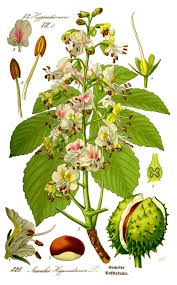 Horse chestnut leaf and flower - en.wikipedia.org
Horse chestnut leaf and flower - en.wikipedia.org The giant trees tower above our street and fill the view from our front windows. In the full flush of spring, lovely conical flower bracts appear among the bright leaves. Petals fall on the path like confetti. Apart from absorbing dust in the air and exhaust fumes, the trees shelter us from summer heat, and shield the late rays of the sun, keeping our home cool.
At the moment, the distinctive palmate leaves are giving a better display of golden, russet, and brown than they have for years. They have only just begun to fall. In previous years, disease has shortened the life of their leaves, sometimes falling as early as June—far too soon. This was due to the leaf miner moth, which made the leaves turn brown, crumble and fall off.
Horse chestnuts (Aesculus hippocastanum) were introduced into Britain from Turkey in the late 16th Century, rapidly becoming naturalised in the UK. They are now a common sight in many landscaped parks, gardens, streets and village greens.
A national inventory estimated there to be approximately half a million horse chestnut trees in Great Britain, whether they all live up to their potential height of 30 metres and 300 years old is currently difficult to predict. Ours are over a hundred years old.
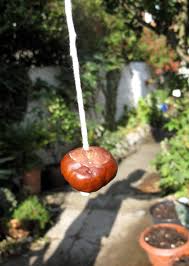 conker - en.wikipedia.org
conker - en.wikipedia.org Conkers are the hard mahogany-brown seeds that sit inside a protective casing, which drop to the ground in autumn. Children come with their parents from miles around to gather their chosen ammunition, ready to wage war on the schoolyard battlefield in a game of conkers.
Many adult combatants competed with their prize conkers on the 11th October at the World Conker Championships in Southwick, Northamptonshire. The annual contest has been held since 1965. Some 200 entrants from 10 countries, including Japan, South Africa and the US, battled it out. The third-time winner was a man from West Sussex, who beat a woman from London.
The tradition goes back, with the first recorded game of conkers believed to have taken place on the Isle of Wight in 1848. Originally it was played with snail (conch) shells and then cobnuts, eventually being replaced with horse chestnut seeds by the 20th century.
If you don’t know the rules, they are quite simple. The conker is threaded onto a lace, with each player taking turns to strike the others until one gets smashed or destroyed.
However, the seeds of a horse chestnut tree have a more serious side. Conkers can be mildly poisonous to many animals, causing sickness if eaten, although some animals can safely consume them, most notably deer and wild boar.
Like the name implies, conkers have been fed to poor horses as a stimulant, to make their coat shine and as a remedy for coughs, and also made into food for both horses and cattle.
Conkers are very rich in starch, but, due to their toxicity are unfit for human consumption, although they are used in extracts in shampoos and body washes. Source: BBC.
Have you ever played the game of conkers?
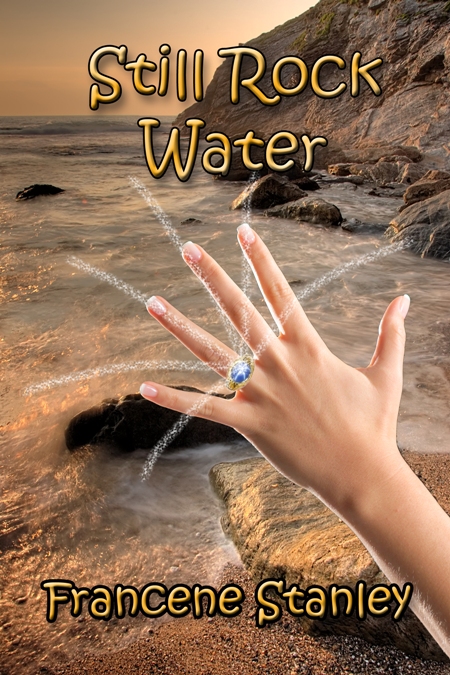

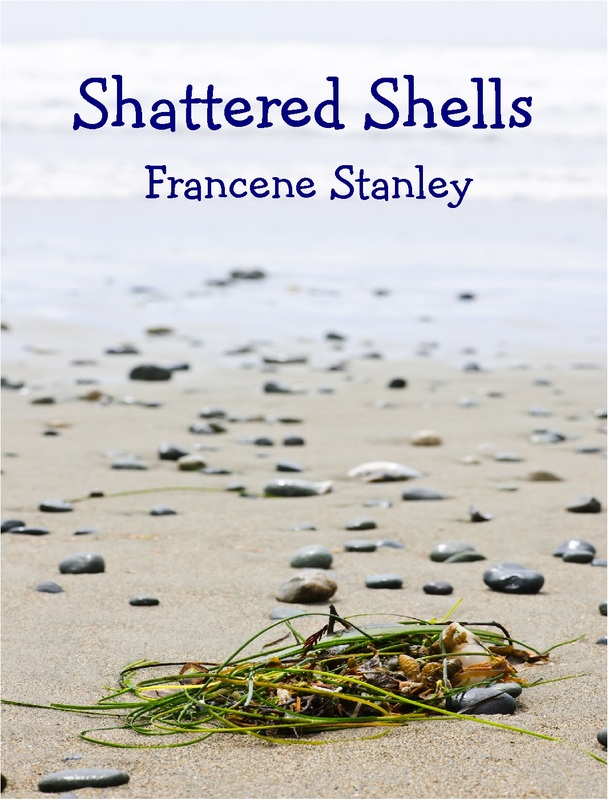
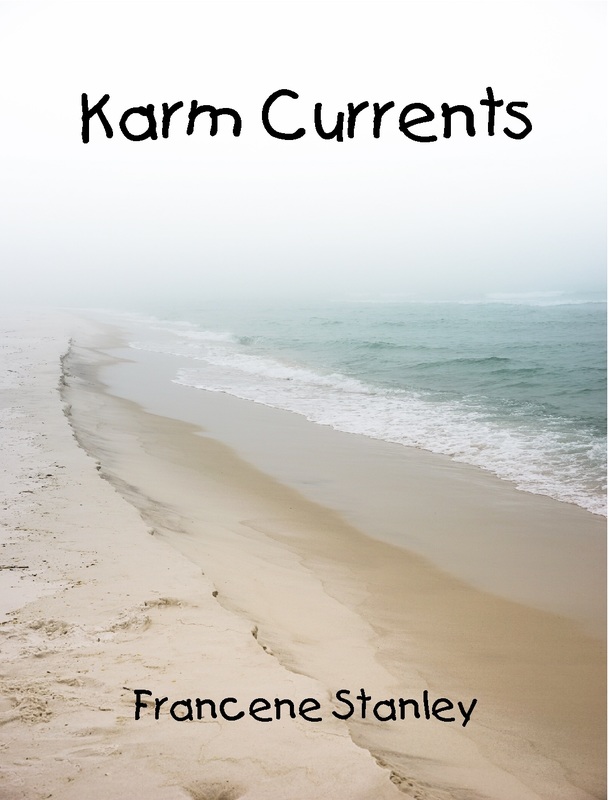
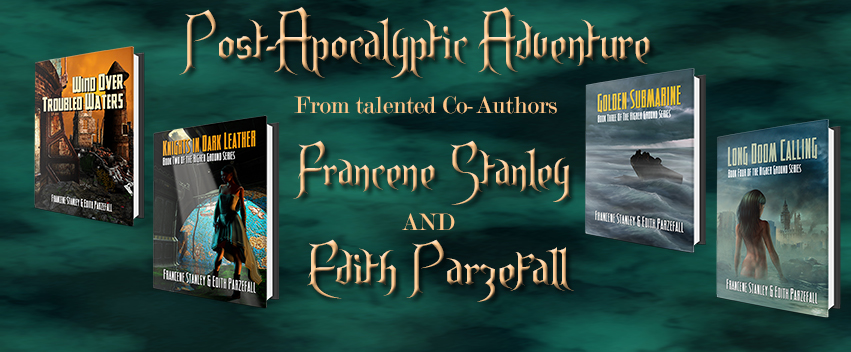
 RSS Feed
RSS Feed
